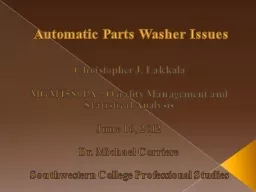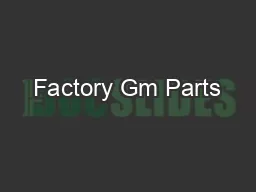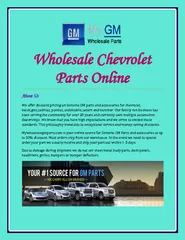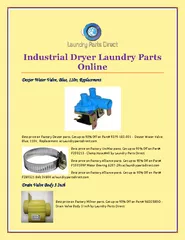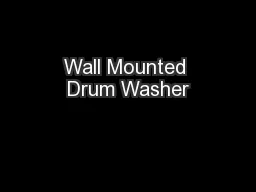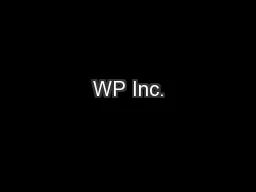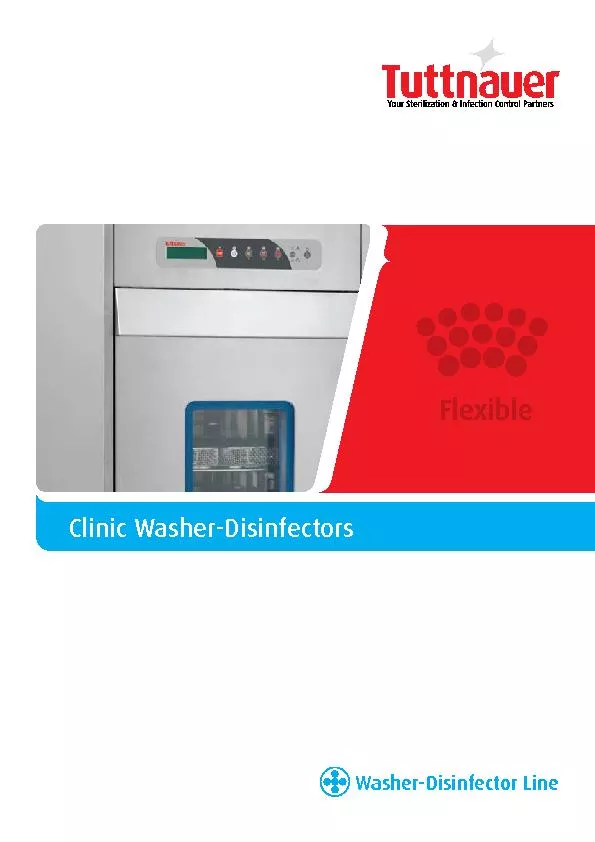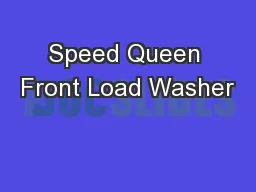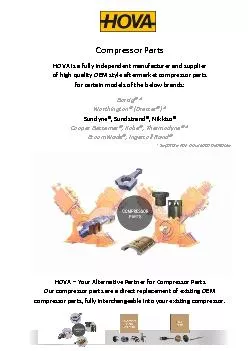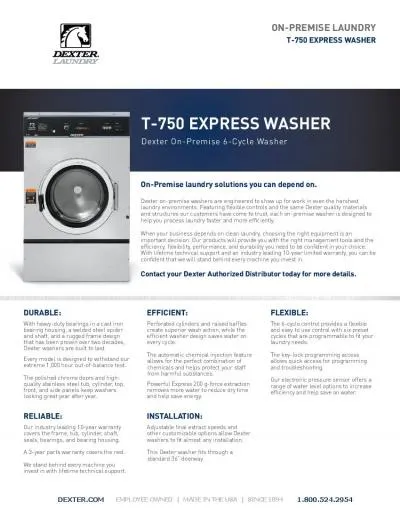PPT-Automatic Parts Washer Issues
Author : marina-yarberry | Published Date : 2016-09-16
Christopher J Lakkala MGMT580PA Quality Management and Statistical Analysis June 16 2012 Dr Michael Corriere Southwestern College Professional Studies Project
Presentation Embed Code
Download Presentation
Download Presentation The PPT/PDF document "Automatic Parts Washer Issues" is the property of its rightful owner. Permission is granted to download and print the materials on this website for personal, non-commercial use only, and to display it on your personal computer provided you do not modify the materials and that you retain all copyright notices contained in the materials. By downloading content from our website, you accept the terms of this agreement.
Automatic Parts Washer Issues: Transcript
Download Rules Of Document
"Automatic Parts Washer Issues"The content belongs to its owner. You may download and print it for personal use, without modification, and keep all copyright notices. By downloading, you agree to these terms.
Related Documents

